
Pulau Ubin: Nature's Sanctuary in Singapore
Pulau Ubin: Discover Singapore's serene island getaway, rich in natural beauty, history, and traditional kampong charm.
Pulau Ubin is a small island located northeast of Singapore, offering a glimpse into the country's rustic past. The island is a haven for nature lovers, with lush greenery, mangroves, and diverse wildlife. It is a stark contrast to the urban landscape of mainland Singapore, providing a peaceful retreat for those looking to escape the city's hustle and bustle. Exploring Pulau Ubin is like stepping back in time. The island retains a traditional kampong (village) atmosphere, complete with wooden houses and gravel roads. Visitors can rent bicycles to navigate the island's scenic trails or take a leisurely stroll through its many paths. The Chek Jawa Wetlands is a must-visit, showcasing a unique mix of ecosystems including sandy shores, seagrass lagoons, and coral rubble. Keep your eyes peeled for the island's charming wildlife, such as wild boars, hornbills, and monitor lizards. Pulau Ubin also holds cultural significance with its old shrines, quarries, and rubber plantations. The island's history is deeply rooted in its granite mining past, which has left behind picturesque quarries now turned into tranquil lakes. For a dose of local culture, visit the Wei Tuo Fa Gong Temple or the German Girl Shrine, both of which offer intriguing stories and serene spots for reflection.
Local tips in Pulau Ubin
- Rent a bicycle at the jetty for easy exploration. It's the best way to cover more ground.
- Visit early in the morning or on weekdays to avoid crowds and enjoy a peaceful experience.
- Bring insect repellent and sunscreen. The island's natural setting means you will encounter bugs and sun exposure.
- Pack a picnic. There are limited food options on the island, so bringing your own snacks and water is advisable.
- Wear comfortable walking shoes. The terrain can be uneven, especially on hiking trails.
- Check the tide schedule before visiting Chek Jawa Wetlands. Low tide offers the best opportunity to see marine life.
Pulau Ubin: Nature's Sanctuary in Singapore
Pulau Ubin is a small island located northeast of Singapore, offering a glimpse into the country's rustic past. The island is a haven for nature lovers, with lush greenery, mangroves, and diverse wildlife. It is a stark contrast to the urban landscape of mainland Singapore, providing a peaceful retreat for those looking to escape the city's hustle and bustle. Exploring Pulau Ubin is like stepping back in time. The island retains a traditional kampong (village) atmosphere, complete with wooden houses and gravel roads. Visitors can rent bicycles to navigate the island's scenic trails or take a leisurely stroll through its many paths. The Chek Jawa Wetlands is a must-visit, showcasing a unique mix of ecosystems including sandy shores, seagrass lagoons, and coral rubble. Keep your eyes peeled for the island's charming wildlife, such as wild boars, hornbills, and monitor lizards. Pulau Ubin also holds cultural significance with its old shrines, quarries, and rubber plantations. The island's history is deeply rooted in its granite mining past, which has left behind picturesque quarries now turned into tranquil lakes. For a dose of local culture, visit the Wei Tuo Fa Gong Temple or the German Girl Shrine, both of which offer intriguing stories and serene spots for reflection.
When is the best time to go to Pulau Ubin?
Iconic landmarks you can’t miss
Chek Jawa Wetlands
Explore the Chek Jawa Wetlands—Singapore's pristine nature preserve teeming with biodiversity, scenic trails, and breathtaking views.
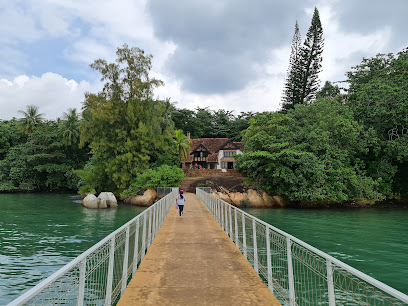
Adventures by Asian Detours
Discover the breathtaking beauty of Pulau Ubin and embark on thrilling outdoor adventures with Adventures by Asian Detours.
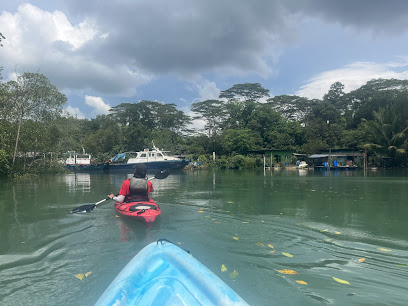
Ketam Mountain Bike Park
Experience the thrill of cycling at Ketam Mountain Bike Park, Singapore's premier BMX track on the beautiful Pulau Ubin island.
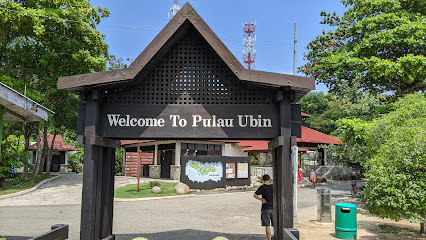
Bukit Puaka
Discover the serene beauty of Bukit Puaka, a nature preserve in Singapore perfect for hiking, wildlife watching, and enjoying the great outdoors.
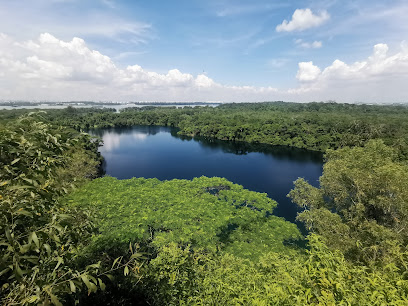
Puaka Hilltop View Point
Experience stunning panoramic views and serene landscapes at Puaka Hilltop View Point, a hidden gem in Singapore's North Eastern Islands.
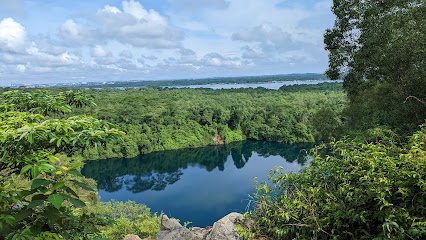
Chek Jawa Boardwalk
Experience the breathtaking beauty of Chek Jawa Boardwalk, where diverse ecosystems meet stunning landscapes on Pulau Ubin.
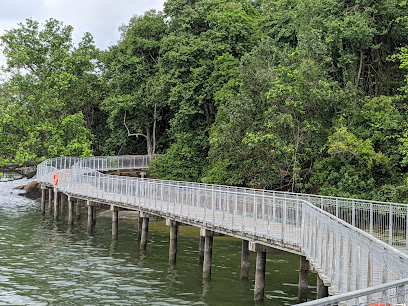
Sensory Trail
Experience the beauty of nature at Sensory Trail in Singapore, a sensory-rich hiking destination perfect for all ages and nature lovers.
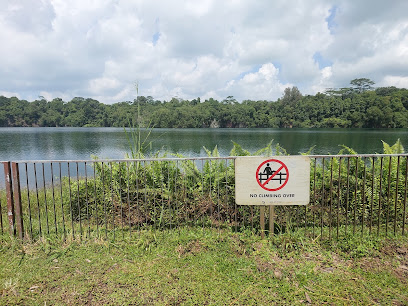
Chek Jawa Visitor Centre (House No. 1)
Explore the Chek Jawa Visitor Centre on Pulau Ubin, a gateway to Singapore's diverse ecosystems and stunning natural beauty.
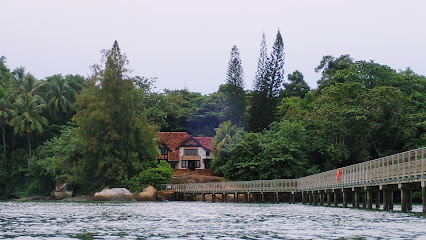
German Girl Shrine
Discover the poignant history and tranquil beauty of the German Girl Shrine on Pulau Ubin, a unique cultural landmark steeped in local folklore.
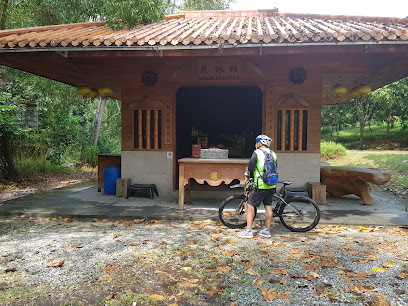
Wei Tuo Fa Gong Temple
Experience spiritual serenity at Wei Tuo Fa Gong Temple, a peaceful haven nestled in the lush landscapes of Pulau Ubin, Singapore.
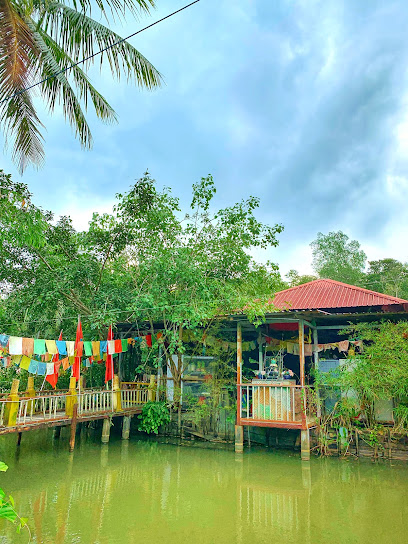
Butterfly Hill
Experience the vibrant beauty of Butterfly Hill, a nature preserve on Pulau Ubin, where colorful butterflies and lush landscapes await your discovery.
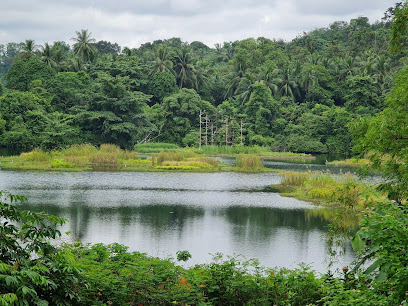
Ketam Quarry
Explore the tranquil beauty of Ketam Quarry, a hidden gem on Pulau Ubin, perfect for nature lovers and adventure seekers alike.
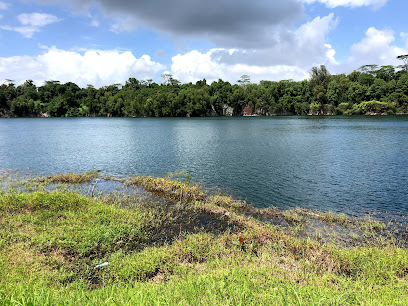
Viewing Jetty
Experience the breathtaking views and rich biodiversity at Chek Jawa Viewing Jetty, a hidden gem on Pulau Ubin, Singapore.
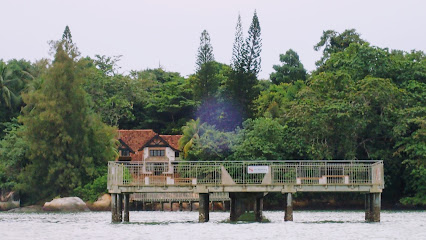
Endut Senin Campsite
Discover the serenity of Endut Senin Campsite on Pulau Ubin, a perfect getaway for camping, nature walks, and wildlife adventures in Singapore.
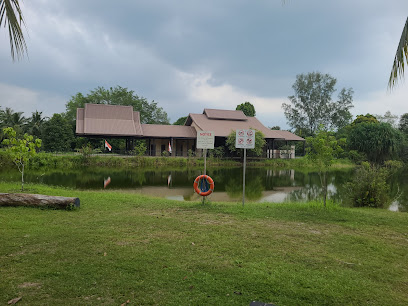
Fo Shan Ting Da Bo Gong Temple 浮羅敏佛山亭大伯公庙
Explore the serene beauty and rich cultural heritage at Fo Shan Ting Da Bo Gong Temple in Pulau Ubin, a must-visit Taoist temple in Singapore.
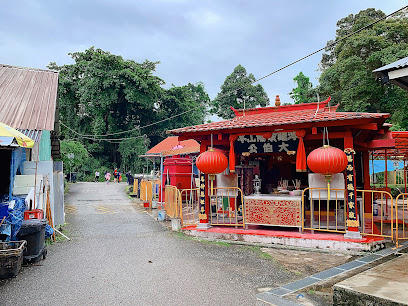
Unmissable attractions to see
Changi City Point
Explore Changi City Point, Singapore's ultimate shopping destination with an array of retail choices, dining options, and family-friendly activities.
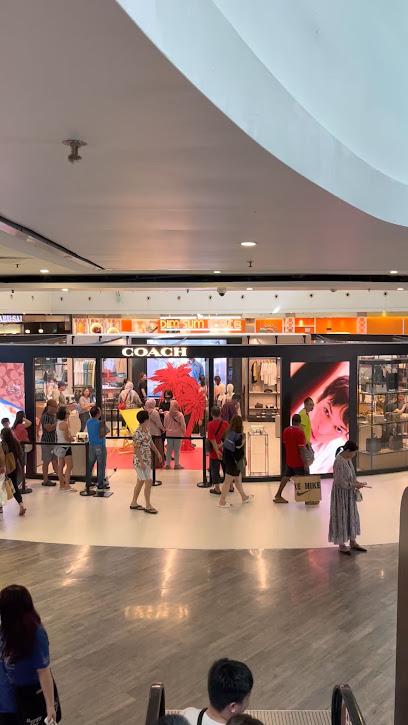
Clarke Quay Central
Explore the vibrant shopping and dining experiences at Clarke Quay Central, Singapore's lively riverside destination.

Sentosa Merlion
Explore the majestic Sentosa Merlion, a symbol of Singapore's heritage with stunning views and rich cultural significance.
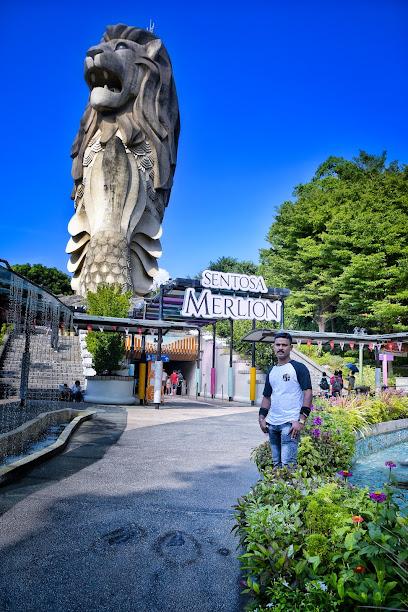
MUSEUM OF ICE CREAM SINGAPORE
Explore the whimsical Museum of Ice Cream Singapore, where art meets ice cream in a delightful experience for all ages.
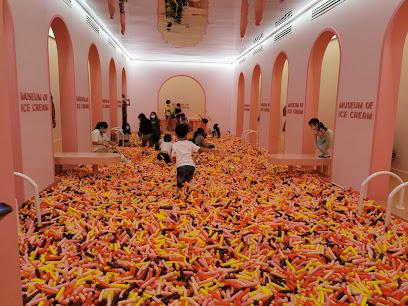
Sands Theatre
Experience world-class entertainment at Sands Theatre in Marina Bay Sands, Singapore's premier venue for unforgettable performances and cultural experiences.
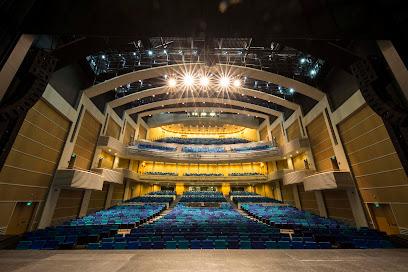
HSBC Rain Vortex
Discover the mesmerizing HSBC Rain Vortex at Jewel Changi Airport, a breathtaking waterfall and vibrant centerpiece of Singapore's travel experience.
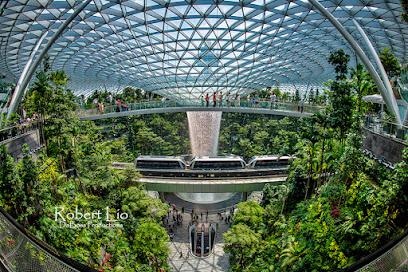
Former Ford Factory
Explore the Former Ford Factory, a vital World War II museum in Singapore, revealing the city's poignant wartime history.

Seletar Country Club
Discover the serene beauty and luxury of Seletar Country Club, Singapore's premier destination for leisure and recreation.
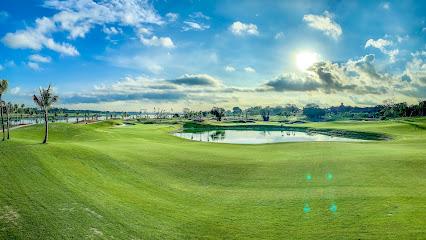
Bedok Jetty
Experience the beauty of Bedok Jetty in Singapore, a premier fishing pier and scenic vista point, perfect for relaxation and adventure.
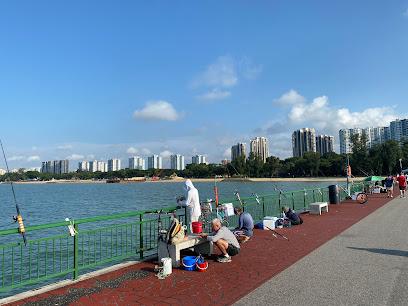
Singapore DUCKtours
Discover Singapore like never before with DUCKtours, where land meets water in an unforgettable sightseeing adventure.
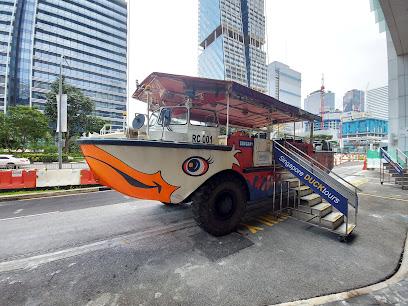
Changi Boardwalk
Explore the serene Changi Boardwalk, a stunning coastal pathway in Singapore perfect for hiking, nature walks, and scenic views.
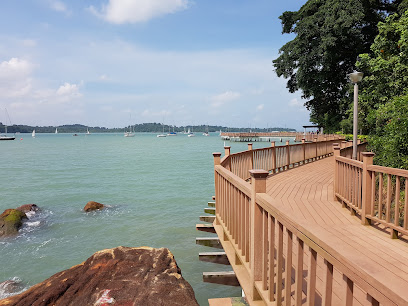
Masjid Jamae (Chulia)
Explore the cultural richness and architectural beauty of Masjid Jamae (Chulia), a historic mosque in the heart of Singapore's vibrant Chinatown.
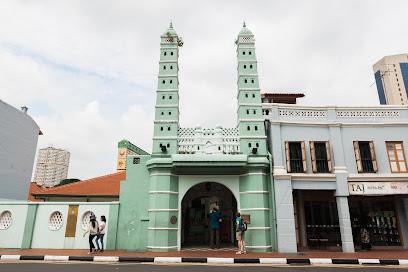
Coney Island
Coney Island: A serene escape into nature with scenic trails, diverse wildlife, and beautiful coastal views in the heart of Singapore.
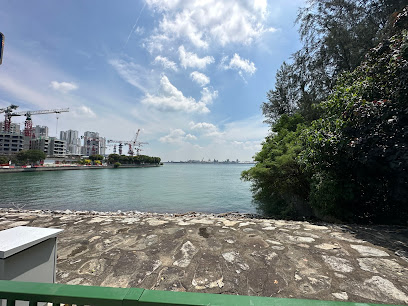
Yueh Hai Ching Temple
Experience the tranquility and cultural richness of Yueh Hai Ching Temple, a must-visit Taoist sanctuary in the heart of Singapore.
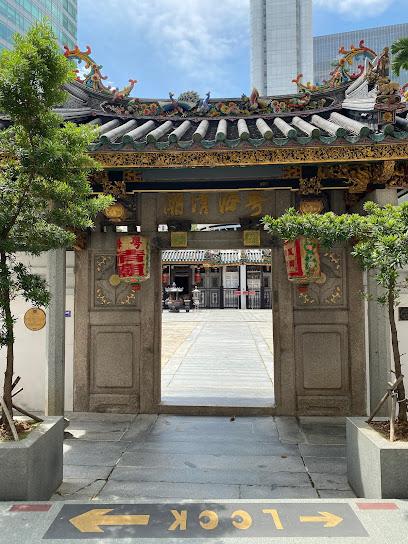
Sky Garden at CapitaSpring
Explore the breathtaking Sky Garden at CapitaSpring, an urban oasis with stunning views and lush greenery in the heart of Singapore.
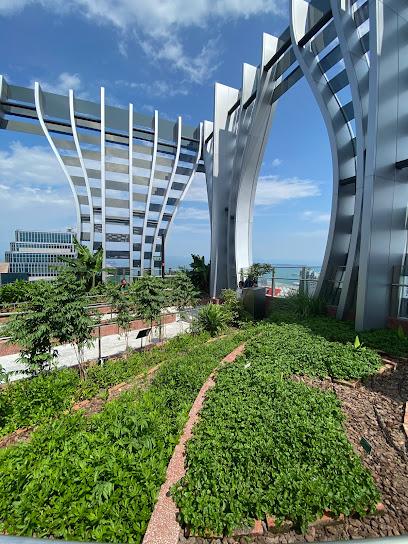
Essential places to dine
Season Live Seafood
Experience the freshest seafood surrounded by breathtaking views at Season Live Seafood on Pulau Ubin.
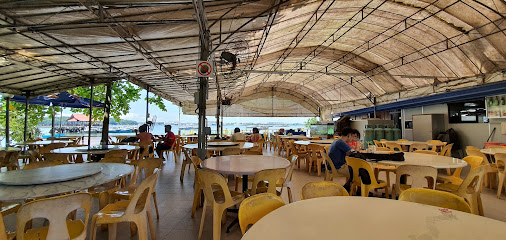
Cheong Lian Yuen
Discover fresh seafood delights at Cheong Lian Yuen on Pulau Ubin, where tradition meets nature in Singapore's culinary paradise.
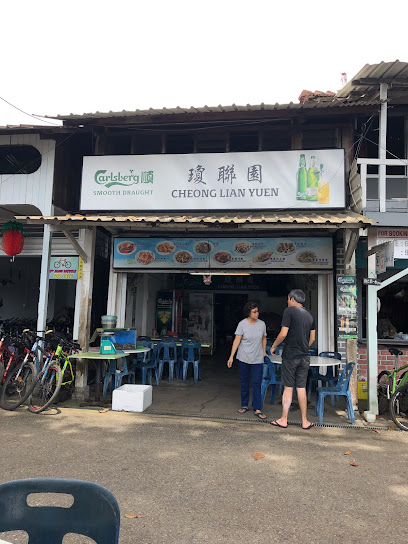
Sin Lam Huat
Experience authentic local cuisine at Sin Lam Huat on Pulau Ubin - where family-friendly dining meets nature's tranquility.
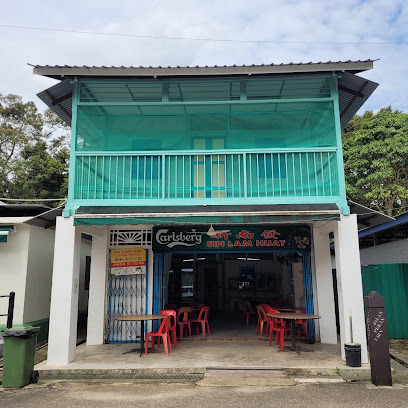
Kampong 22 @ Ubin
Experience authentic Asian cuisine amidst nature's tranquility at Kampong 22 @ Ubin in Singapore's North Eastern Islands.
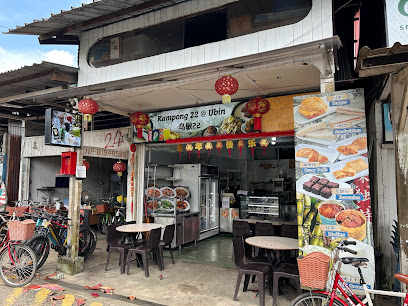
Markets, malls and hidden boutiques
Pulau Ubin Jetty
Explore the serene beauty of Pulau Ubin Jetty, your gateway to nature, adventure, and the rich culture of Singapore's last rustic island.
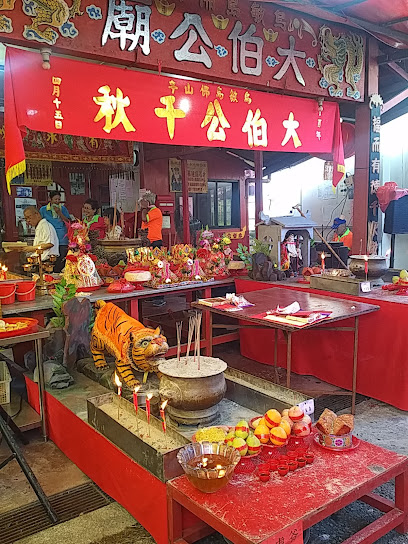
Pulau Ubin
Discover the unspoiled beauty of Pulau Ubin, a tranquil island retreat rich in nature and cultural heritage, just a short boat ride from Singapore.
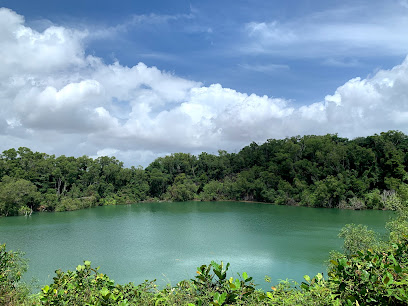
Bukit Puaka
Explore Bukit Puaka, a serene nature preserve in Singapore, offering lush landscapes and a retreat into nature's tranquility.
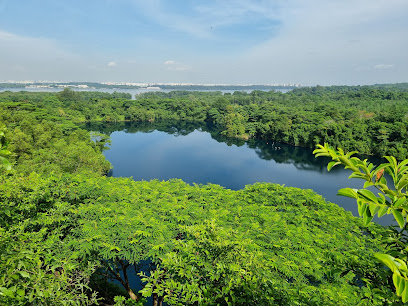
Chek Jawa Boardwalk
Explore the serene beauty of Chek Jawa Boardwalk, where nature thrives and adventure awaits amidst stunning wetlands.
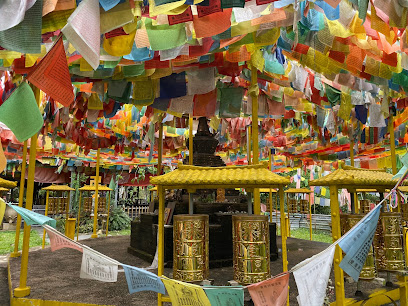
Chek Jawa Visitor Centre (House No. 1)
Discover the stunning biodiversity and natural beauty at Chek Jawa Visitor Centre on Pulau Ubin - a nature lover's paradise.
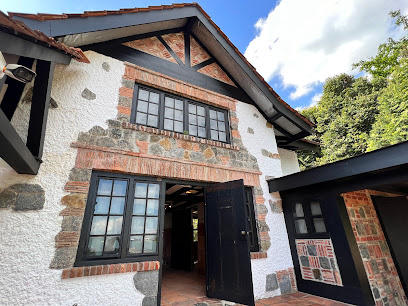
Butterfly Hill
Discover the vibrant world of butterflies at Butterfly Hill, a serene nature preserve in Pulau Ubin, perfect for nature lovers and tranquil escapes.
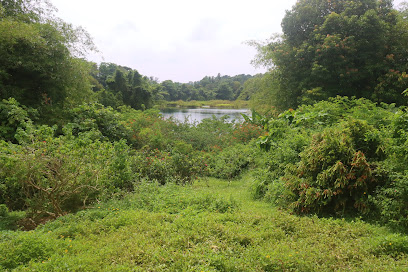
Ketam Quarry
Explore the breathtaking Ketam Quarry on Pulau Ubin, an enchanting destination for nature lovers and adventure seekers in Singapore.
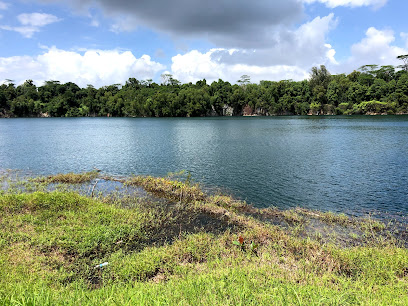
Teck Seng's Place
Discover the rich heritage of Pulau Ubin at Teck Seng's Place, where history, culture, and nature unite in a serene island setting.
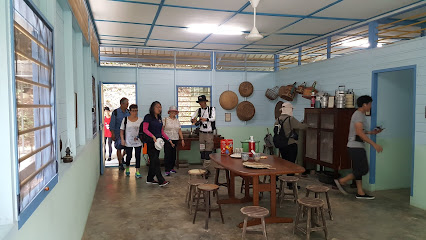
Ubin Fruit Orchard
Explore the lush Ubin Fruit Orchard on Pulau Ubin, a tranquil escape filled with tropical fruit trees and rich agricultural heritage.
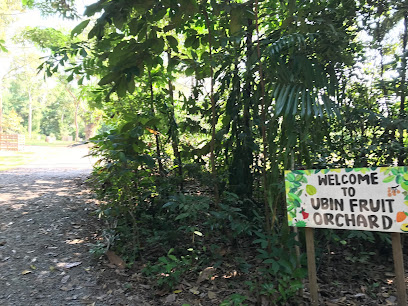
Pekan Quarry
Explore the natural beauty of Pekan Quarry, a serene oasis on Pulau Ubin, perfect for nature lovers and photographers seeking tranquility.
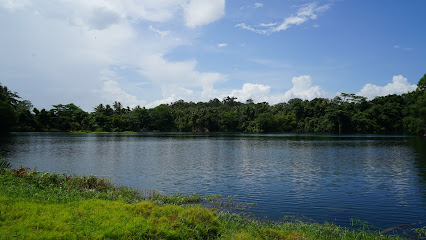
Ubin Living Lab
Explore the Ubin Living Lab, Singapore's biodiversity research hub, and discover the beauty of nature conservation on Pulau Ubin.
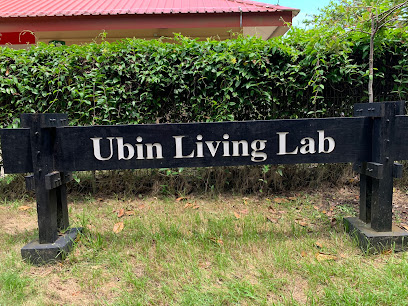
No. 24 Kim Hai Bicycle Shop
Discover the scenic North Eastern Islands of Singapore with bike rentals from No. 24 Kim Hai Bicycle Shop, perfect for tourists seeking adventure.
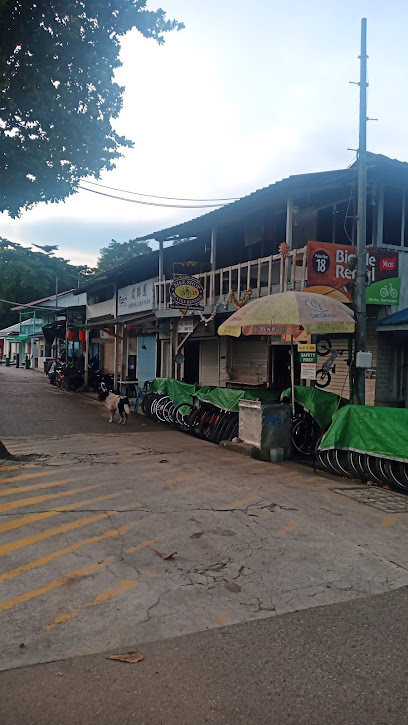
Nature Gallery
Immerse yourself in the harmonious blend of art and nature at the Nature Gallery, a serene escape on Pulau Ubin.
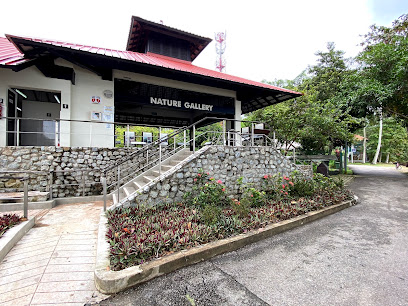
Yak Hong Provision Shop
Discover authentic local ingredients and culinary treasures at Yak Hong Provision Shop, a vibrant grocery store in the heart of Singapore's North Eastern Islands.
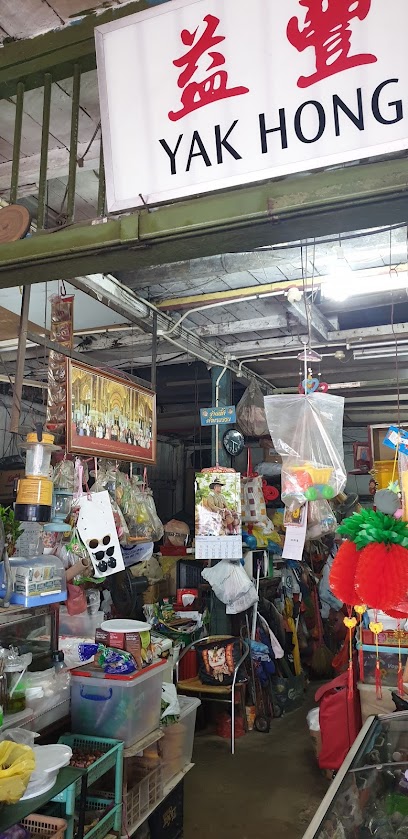
Blue Dog
Explore Blue Dog Gift Shop for unique souvenirs, local crafts, and delightful treasures that capture the spirit of your travels.
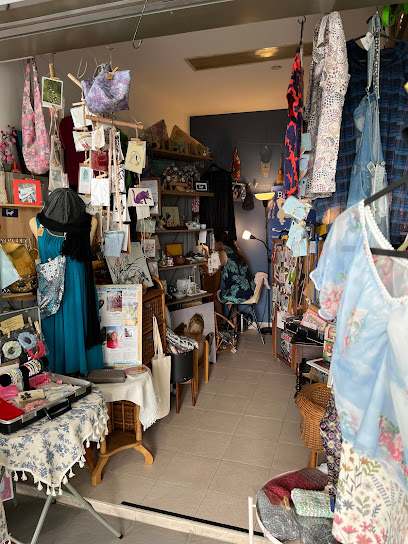
Essential bars & hidden hideouts
The Coastal Settlement
Discover the charm of The Coastal Settlement, a perfect blend of dining and relaxation in Changi, Singapore, for an unforgettable culinary escape.
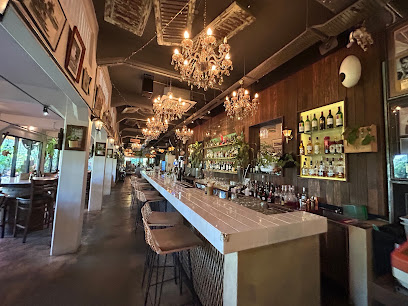
Little Island Brewing Co @ Changi Village
Discover the Best of Craft Beer and Local Cuisine at Little Island Brewing Co in Changi Village.
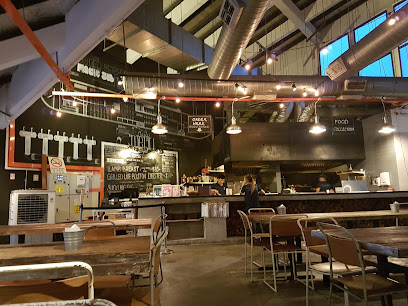
georges @ The Cove
Experience the best of grilling at Georges @ The Cove, where stunning waterfront views meet exquisite flavors in a relaxed setting.
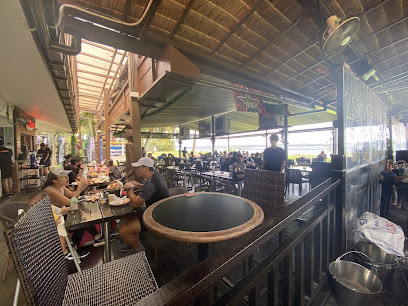
Frienzie Bar & Bistro
Discover the vibrant flavors and lively atmosphere at Frienzie Bar & Bistro, the perfect grill experience in Punggol, Singapore.
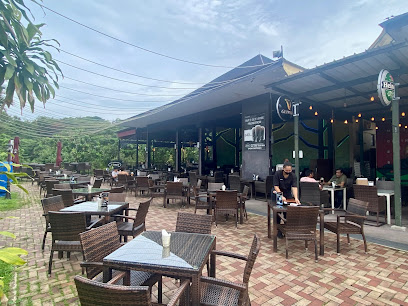
Malthouse
Discover Malthouse, the ultimate beer garden in Singapore, where craft brews and gourmet pizzas create an unforgettable dining experience.
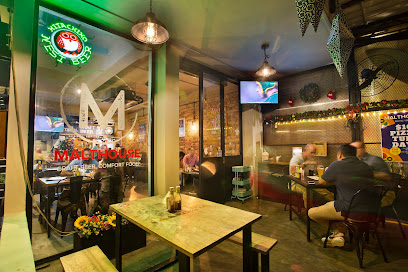
georges by the Bay
Experience the perfect blend of Western cuisine and relaxing ambiance at Georges by the Bay in Punggol.
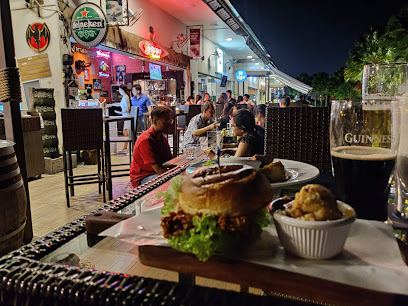
OBAR LiveHouse
Discover the lively atmosphere at OBAR LiveHouse in Pasir Ris, Singapore - where music meets culinary delights, creating unforgettable nights out.
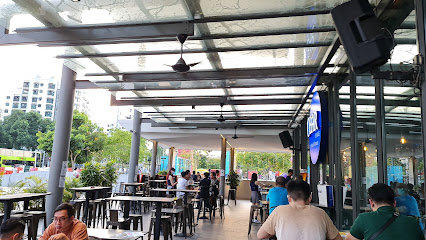
Season Live Seafood
Indulge in the freshest seafood at Season Live Seafood in Pulau Ubin, where culinary delights meet serene island beauty.
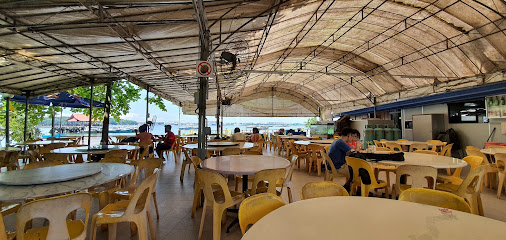
Origin Bar
Experience the vibrant nightlife of Singapore at Origin Bar, where exquisite cocktails and a sophisticated atmosphere await you.
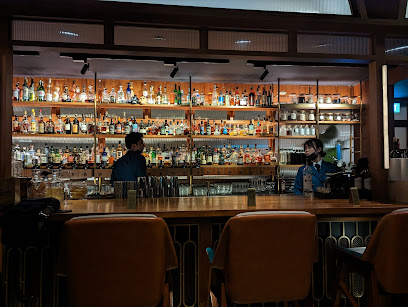
HaveFun Karaoke & Live Music Bar (Downtown East)
Experience the ultimate karaoke night at HaveFun Karaoke & Live Music Bar in Downtown East, Singapore, where music and fun come together.
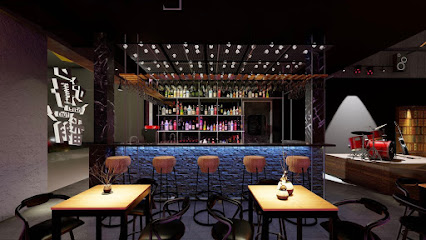
Cheong Lian Yuen
Savor the freshest seafood in a serene setting at Cheong Lian Yuen on Pulau Ubin, Singapore, for an unforgettable culinary adventure.
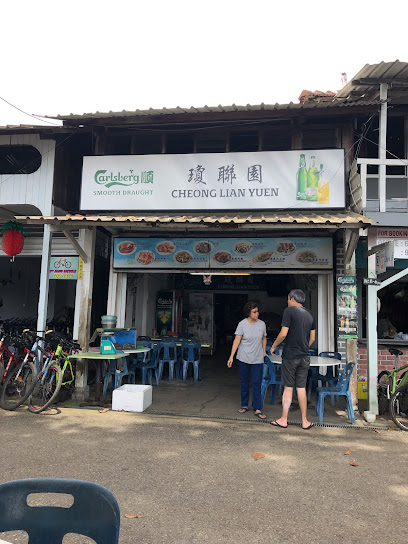
Blueberry Hill Pub & Cafe
Explore the unique blend of a pub and cafe at Blueberry Hill in Singapore, where local flavors and a warm atmosphere await every visitor.
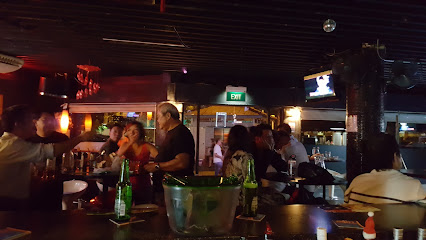
Sin Lam Huat
Experience the authentic flavors of Singapore at Sin Lam Huat, a family-friendly restaurant on the serene shores of Pulau Ubin.
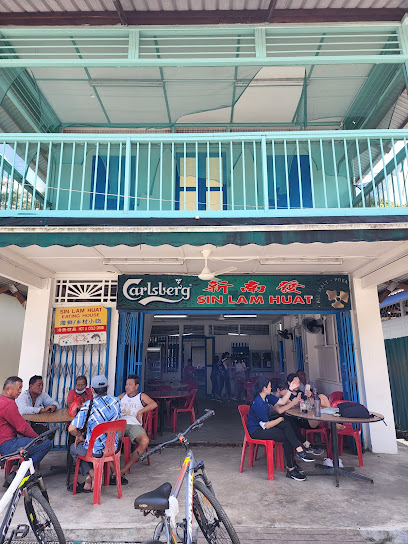
BamBooze Bar & Bistro
Experience the vibrant nightlife at BamBooze Bar & Bistro in Changi, Singapore, with great drinks, delicious food, and a lively atmosphere.

Jade Hill Cafe Bar
Discover the cozy ambiance and diverse offerings at Jade Hill Cafe Bar in Bishan, Singapore - a perfect blend of cafe, bar, and culinary delight.
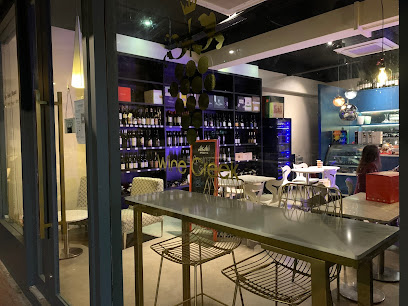
Local Phrases about Pulau Ubin
-
- HelloSelamat pagi
[suh-lah-maht pah-gee] - GoodbyeSelamat tinggal
[suh-lah-maht ting-gahl] - YesYa
[yah] - NoTidak
[tee-dahk] - Please/You're welcomeSila
[see-lah] - Thank youTerima kasih
[teh-ree-mah kah-see] - Excuse me/SorryMaaf
[mah-ahf] - How are you?Apa khabar?
[ah-pah kah-bar] - Fine. And you?Baik. Dan awak?
[bah-eek. dah-n ah-wahk] - Do you speak English?Boleh cakap Bahasa Inggeris?
[boh-leh cha-kahp bah-hah-sah eeng-guh-rees] - I don't understandSaya tidak faham
[sah-yah tee-dahk fah-hahm]
- HelloSelamat pagi
-
- I'd like to see the menu, pleaseSaya ingin melihat menu, sila
[sah-yah een-geen muh-lee-haht muh-noo, see-lah] - I don't eat meatSaya tidak makan daging
[sah-yah tee-dahk mah-kahn dah-yihng] - Cheers!Kanpai!
[kahn-pai] - I would like to pay, pleaseSaya ingin membayar, sila
[sah-yah een-geen muhm-bah-yahr, see-lah]
- I'd like to see the menu, pleaseSaya ingin melihat menu, sila
-
- Help!Tolong!
[toh-lohng] - Go away!Pergi!
[pehr-gee] - Call the Police!Panggil polis!
[pahng-geel poh-lees] - Call a doctor!Panggil doktor!
[pahng-geel dohk-tor] - I'm lostSaya sesat
[sah-yah suh-saht] - I'm illSaya sakit
[sah-yah sah-keet]
- Help!Tolong!
-
- I'd like to buy...Saya ingin membeli...
[sah-yah een-geen muhm-buh-lee] - I'm just lookingSaya hanya melihat
[sah-yah hahn-yah muh-lee-haht] - How much is it?Berapa harganya?
[buh-rah-pah hahr-gahn-yah] - That's too expensiveItu terlalu mahal
[ee-too tehr-lah-loo mah-hahl] - Can you lower the price?Boleh kurangkan harga?
[boh-leh koor-ahn-gahn hahr-gah]
- I'd like to buy...Saya ingin membeli...
-
- What time is it?Pukul berapa sekarang?
[poo-kool buh-rah-pah suh-kah-rahn] - It's one o'clockPukul satu
[poo-kool sah-too] - Half past (10)Pukul setengah (sepuluh)
[poo-kool suh-tuhng-gah (suh-puh-loo)] - MorningPagi
[pah-gee] - AfternoonPetang
[puh-tahng] - EveningMalam
[mah-lahm] - YesterdaySemalam
[suh-mah-lahm] - TodayHari ini
[hah-ree ee-nee] - TomorrowEsok
[eh-sohk] - 1Satu
[sah-too] - 2Dua
[doo-ah] - 3Tiga
[tee-gah] - 4Empat
[em-paht] - 5Lima
[lee-mah] - 6Enam
[eh-nahm] - 7Tujuh
[too-joo] - 8Lapan
[lah-pahn] - 9Sembilan
[suhm-bee-lahn] - 10Sepuluh
[suh-puh-loo]
- What time is it?Pukul berapa sekarang?
-
- Where's a/the...?Di mana...
[dee mah-nah] - What's the address?Apakah alamatnya?
[ah-pah-kah ah-lah-maht-nyah] - Can you show me (on the map)?Boleh tunjukkan saya (di peta)?
[boh-leh toon-jook-kahn sah-yah (dee peh-tah)] - When's the next (bus)?Bila yang seterusnya (bas)?
[bee-lah yahng suh-teh-roos-nyah (bahs)] - A ticket (to ....)Satu tiket (ke ....)
[sah-too tee-keht (keh ....)]
- Where's a/the...?Di mana...
History of Pulau Ubin
-
Pulau Ubin, meaning 'Granite Island' in Malay, has a rich history that traces back to the early Malay settlers. The island was originally home to Malay fishermen and farmers who established small kampongs (villages). These settlers lived off the land and sea, engaging in subsistence farming and fishing, which laid the foundation for the island's rural and rustic charm.
-
In the mid-19th century, Pulau Ubin became known for its granite quarries. The granite extracted from the island was used for various construction projects in Singapore, including the Horsburgh Lighthouse and the Singapore-Johore Causeway. The quarrying industry attracted a diverse group of workers, including Chinese laborers, who settled on the island and contributed to its multicultural fabric.
-
During World War II, Pulau Ubin was affected by the Japanese occupation of Singapore from 1942 to 1945. The island's strategic location made it a potential site for military activities. Although it did not see significant combat, the presence of Japanese forces and the impact of war were felt by the inhabitants, who experienced disruptions to their daily lives and livelihoods.
-
After World War II, the granite quarrying industry on Pulau Ubin began to decline. Advances in technology and the availability of building materials from other sources reduced the demand for Ubin's granite. By the 1970s, most of the quarries had ceased operations, leading to a shift in the island's economic activities. The population began to dwindle as residents moved to mainland Singapore in search of better opportunities.
-
In the late 20th century, Pulau Ubin emerged as a beacon of conservation and ecotourism. Recognizing its natural and cultural heritage, the Singapore government and various organizations undertook efforts to preserve the island's unique environment. Today, Pulau Ubin is a popular destination for nature lovers and adventure seekers, offering activities such as cycling, hiking, and wildlife observation. The island's rustic charm and traditional kampong lifestyle provide a glimpse into Singapore's past.
-
One of Pulau Ubin's most significant conservation efforts is the preservation of the Chek Jawa Wetlands. Discovered in 2000, Chek Jawa is a unique ecosystem comprising six distinct habitats, including mangroves, sandy shores, and coral rubble. The area was slated for reclamation, but public outcry and environmental advocacy led to its protection. Today, Chek Jawa is a vital ecological site, attracting researchers, students, and visitors interested in its rich biodiversity.
-
Pulau Ubin is home to several cultural and heritage sites that reflect its multicultural history. Noteworthy sites include the German Girl Shrine, a shrine dedicated to a young German girl who perished on the island during World War I, and the Fo Shan Ting Da Bo Gong Temple, which serves the island's Chinese community. These sites, along with traditional Malay kampongs and colonial-era structures, offer a window into the island's diverse cultural landscape.
Pulau Ubin Essentials
-
Pulau Ubin is easily accessible from the main island of Singapore. First, take the MRT to the Tanah Merah Station (East-West Line, EW4) and then transfer to Bus 2 or 29 to reach the Changi Village Bus Terminal. From there, take a 10-minute walk to the Changi Point Ferry Terminal where you can catch a bumboat to Pulau Ubin. The bumboat ride costs around SGD 3 per person and takes approximately 10-15 minutes.
-
Once on Pulau Ubin, transportation options are limited to walking, cycling, or hiring a van. Bicycles can be rented from shops near the jetty at affordable rates, making it a popular way to explore the island. For those preferring a more relaxed tour, vans are available for hire with local drivers who can take you around the island.
-
The official currency of Singapore is the Singapore Dollar (SGD). It is advisable to carry cash when visiting Pulau Ubin as there are no ATMs or card payment options on the island. Ensure you have enough cash for transportation, food, and any rentals or activities.
-
Pulau Ubin is generally safe for tourists, but basic precautions should be taken. Always lock your bicycles and keep an eye on your belongings. While there are no specific high-crime areas targeting tourists, it is best to stay vigilant. Avoid isolated areas after dark and always inform someone about your whereabouts if you are exploring alone.
-
In case of emergency, contact the local police by dialing 999 or the ambulance service by dialing 995. There is a police post on the island near the jetty. It is also advisable to have travel insurance that covers medical emergencies. Basic first aid supplies can be found at the local shops, but for serious medical issues, you will need to return to the mainland.
-
Fashion: Do wear comfortable clothing and shoes suitable for outdoor activities. Mosquito repellent and sun protection are recommended. Religion: There are no specific religious practices to follow, but always be respectful of local customs. Public Transport: The bumboat is the primary means of public transport, so be courteous to boat operators and fellow passengers. Greetings: A simple hello or nod is sufficient when greeting locals. Eating & Drinking: Do eat at the local eateries to experience authentic Singaporean dishes. Don't litter; always dispose of your trash in designated bins.
-
To experience Pulau Ubin like a local, visit the Chek Jawa Wetlands, a rich biodiversity area, during low tide for the best experience. Engage with local residents; they are often friendly and willing to share stories about the island's history and culture. Also, try fishing or kayaking, as these activities are popular among locals. Don't miss the chance to explore the lesser-known trails and abandoned quarries for a glimpse of the island's natural beauty.
Trending Landmarks in Pulau Ubin
-
Chek Jawa Wetlands
-
Adventures by Asian Detours
-
Ketam Mountain Bike Park
-
Bukit Puaka
-
Puaka Hilltop View Point
-
Chek Jawa Boardwalk
-
Sensory Trail
-
Chek Jawa Visitor Centre (House No. 1)
-
German Girl Shrine
-
Wei Tuo Fa Gong Temple
-
Butterfly Hill
-
Ketam Quarry
-
Viewing Jetty
-
Endut Senin Campsite
-
Fo Shan Ting Da Bo Gong Temple 浮羅敏佛山亭大伯公庙
Nearby Cities to Pulau Ubin
-
Things To Do in East Coast Park
-
Things To Do in Yishun
-
Things To Do in Sembawang
-
Things To Do in Little India
-
Things To Do in Singapore
-
Things To Do in Bugis
-
Things To Do in Marina Bay
-
Things To Do in Clarke Quay
-
Things To Do in Orchard Road
-
Things To Do in Chinatown
-
Things To Do in Bukit Timah
-
Things To Do in Johor Bahru
-
Things To Do in Sentosa
-
Things To Do in Jurong
-
Things To Do in Malacca









